Gaming | February 25, 2024
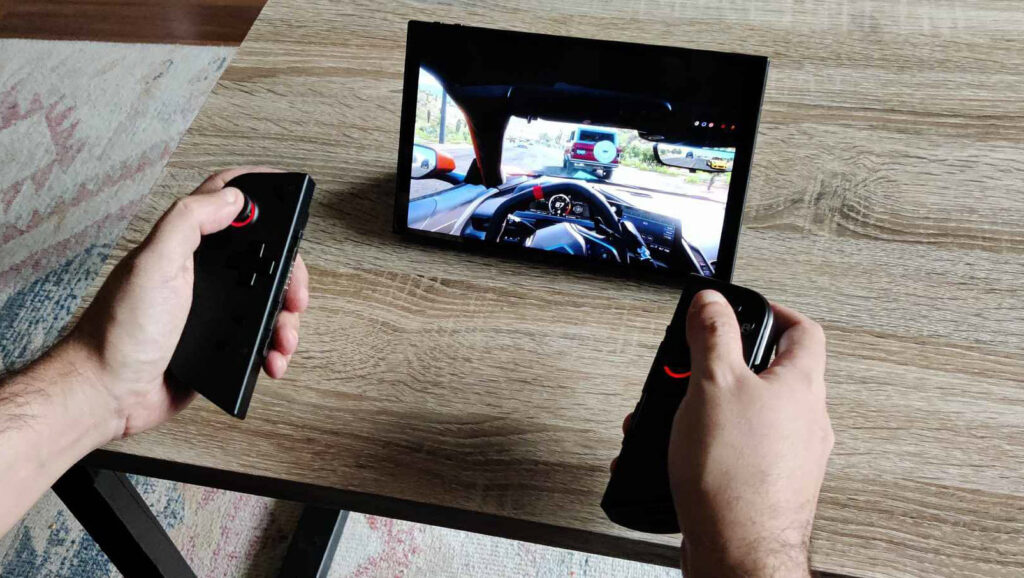
A few years ago, it seemed impossible, but the market for portable consoles with a PC heart is booming. Valve’s Steam Deck has set a trend, leading to an increasing number of models available in the market, from Asus’s Rog Ally and various Ayaneo models to Lenovo’s Legion Go, which aims to carve out a space with truly impressive specifications and some elements that set it apart from the rest.
The rise of PC-based consoles has been decisively influenced by the AMD Z1 Extreme chip, present in both the ROG Ally and the Legion Go, which allows these devices to be on par with high-end gaming laptops. But what sets Lenovo’s offering apart is its gigantic screen of almost 9 inches, the most generous among such devices. In addition to this impressive feature, the distinctive element of the device is the detachable controllers inspired by those of the Nintendo Switch, which also feature a specific control function for FPS games.
We have been able to test it for over a month with different types of games and platforms, from Game Pass to Steam’s own game library, and it is a very competitive contender in this new ‘console war’ that is taking place alongside the one fought for years by Sony, Microsoft, and Nintendo. A key point to consider when deciding is its price of 799 euros, slightly higher than that of its main competitors, but understandable considering factors such as the size of its screen.
The first thing that strikes about the Legion Go is its enormous box, a hint at the device’s size. Once opened, the inclusion of a zippered case for protection and easy transport is greatly appreciated. Lenovo has thought of every detail, and that case even has a hole for the charging cable, allowing the console to be protected while plugged into the mains.
The only problem posed by this case and the size of the console (40 x 298 x 131 mm with the controllers included) is that there is no space for the charger, which is halfway between that of mobile phones and that of laptops. It is an essential item that must always be remembered, as battery life is one of the most delicate aspects of these types of PC-based consoles.
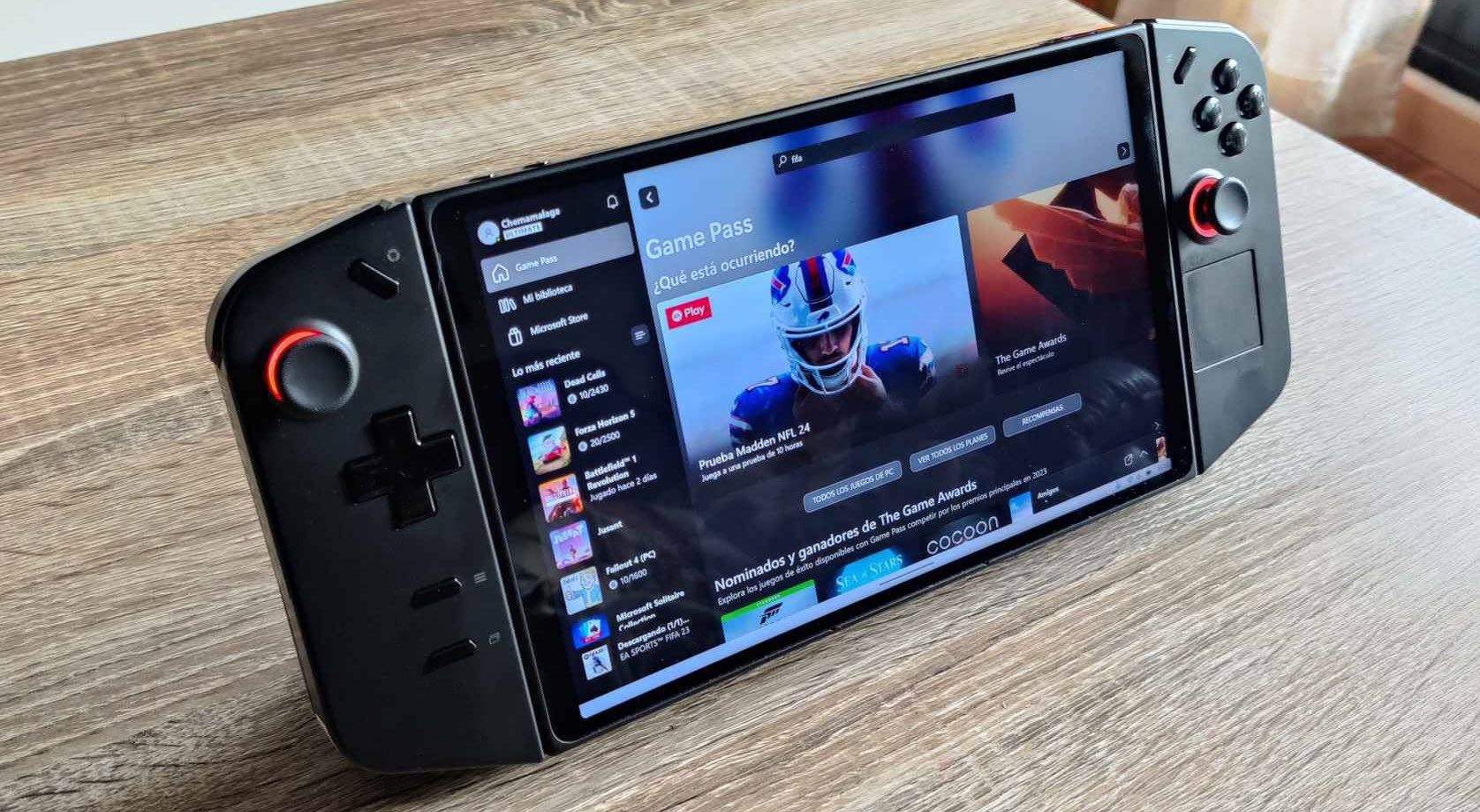
All the components of the shell and the controllers are black plastic (except for the screen, of course, which is protected by a glass panel), and the device feels solid and robust from the first moment. An interesting feature, lacking in the ROG Ally, for example, is the integrated stand on the back to support the Legion Go at different angles, very useful for resting your hands and for using the console with the controllers detached or for watching movies or series, for example.
The detachable controllers are precisely one of the main distinguishing elements of the console compared to the competition. The system for releasing them is simple and intuitive (although it could be improved, as it does not always work the first time), and to reinsert them, you just need to slide them in from the bottom, as with the Nintendo Switch.

The button layout is the classic X, Y, B, and A, with bumpers and triggers on top, plus two mappable buttons on the back, two joysticks on the sides, and the classic D-pad. All are pleasant to the touch and respond very well to presses, except for the D-pad, which is frankly in need of improvement. In addition to these, there is a button to invoke Legion Space, the app from which to access different game libraries and stores, and another to configure the most important sections of the console, such as performance or power-saving options.
To complete the user’s options, there is also a small touchpad in the bottom right corner that allows you to swipe your finger to use a cursor both in Windows and in games that require it, such as strategy games, although in those cases, it is much more useful to connect a keyboard and mouse.
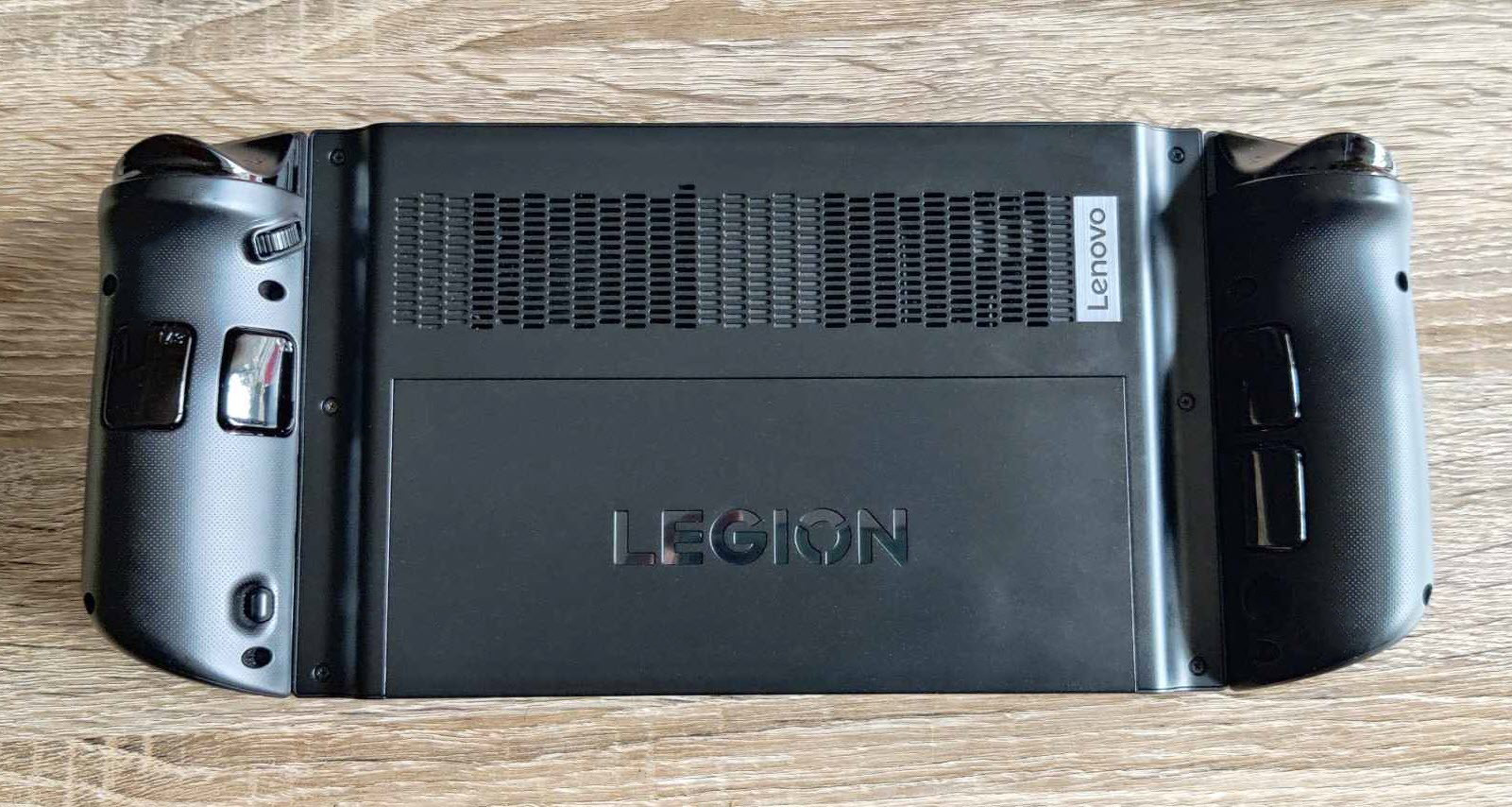
At the top is the air outlet for the fans, very powerful and effective, although quite noisy when using the Legion Go’s performance mode. After prolonged use, and despite the fans, heat is noticeable on the back of the device and the screen, although the controllers are not affected, and the console can still be used without any problems.
Overall, with the integrated controllers, the Lenovo device weighs 852 grams, making it considerably heavier than the ROG Ally or the Steam Deck, although it does not become uncomfortable thanks to its ergonomics. In addition, the ability to use the controllers separately and to support the device on its rear stand makes it very versatile.
The exterior of the Legion Go stands out, as we have already mentioned, for its huge QHD+ touchscreen of 2,560 x 1,600 pixels and a refresh rate of 144 Hz. The brightness is 500 nits, and although it is very bright indoors, it struggles when exposed to direct sunlight.
Inside beats the AMD Z1 Extreme chip, capable of running the most demanding PC games without hesitation. It is aided by 16 GB of LPDDR5X RAM, which makes the experience smooth and fast, even with several applications and games open at the same time. However, sometimes the Legion Space app gets stuck or freezes, which has led me to have to restart the device a couple of times.
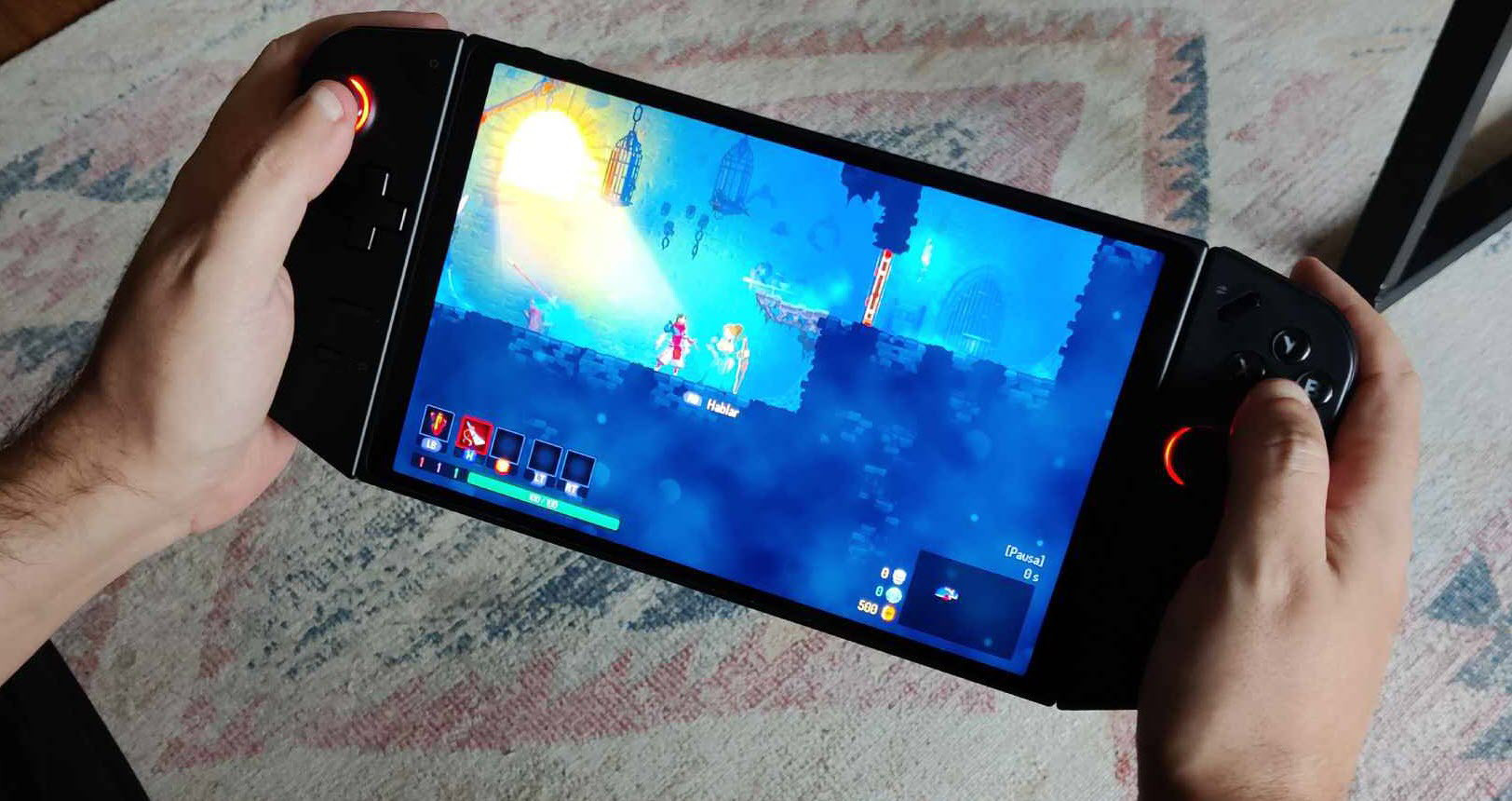
Another element that contributes to the smoothness with which games like Forza Horizon 5 or Starfield run is the PCIe 4th generation SSD, with 512 GB in the unit I tested, but which can be 1 TB and is expandable to 2 TB via microSD card.
Running on Windows 11 Home, compatibility with different platforms is assured, although there is always a lack (as is the case with competing devices) of the fluidity offered by consoles dedicated solely to gaming. In exchange, the operating system allows you to use the Legion Go for other purposes or to more easily install emulators and indulge in nostalgia.
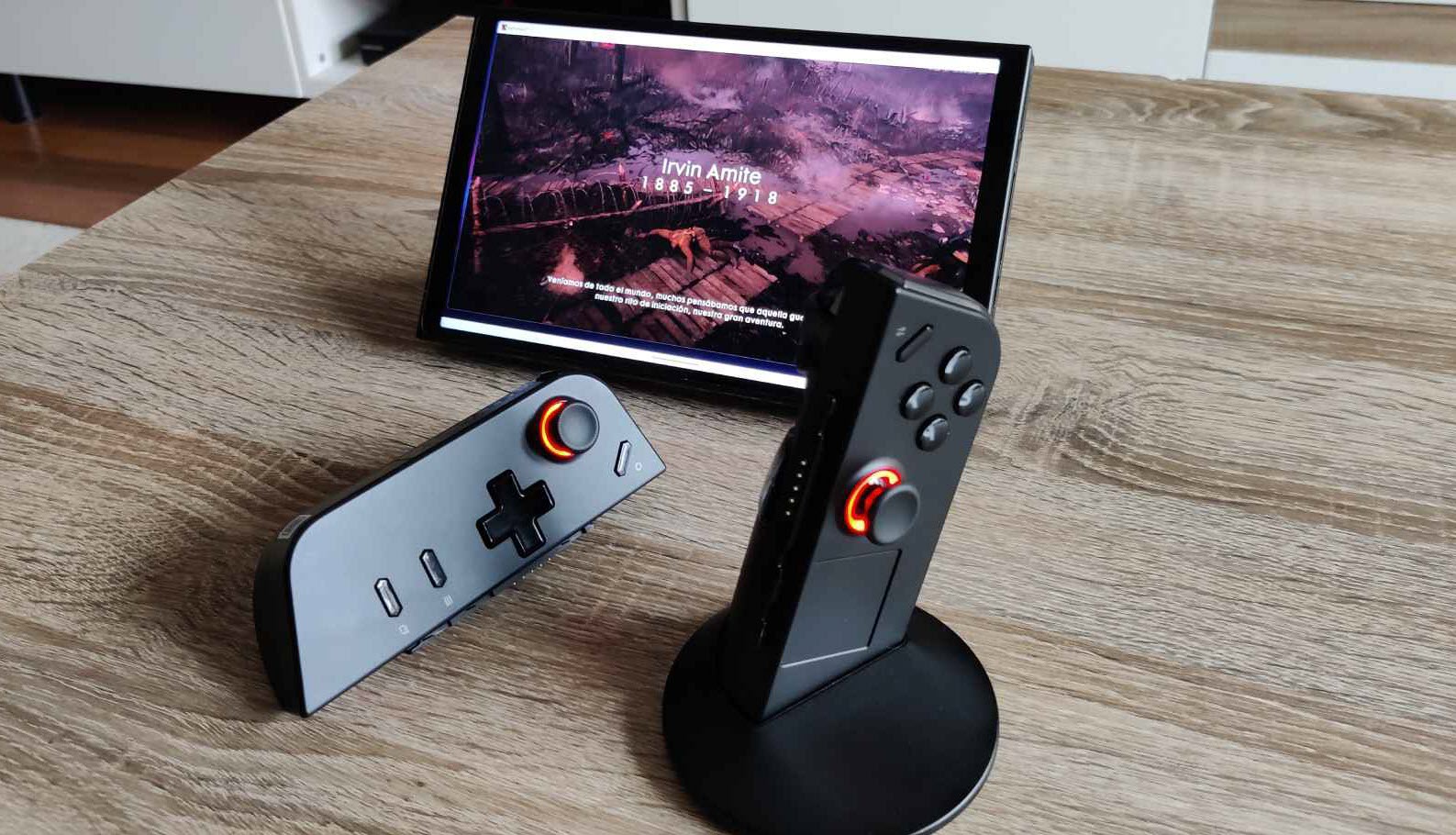
The Legion Go’s main uniqueness lies in the FPS mode, which turns the right controller into a sort of vertical mouse with just a switch on its underside. For this, a small circular stand is included on which to rest it and hold it almost like a classic joystick. It takes a bit of getting used to at first, and in the first few matches of Call of Duty or Battlefield, it will be challenging, but precision and control are gradually achieved.
The cumbersome part is that every time you play in this mode, it is advisable to configure the buttons to respond to the desired actions, although through Legion Space, four preconfigured profiles can be selected that distribute the functions somewhat logically.
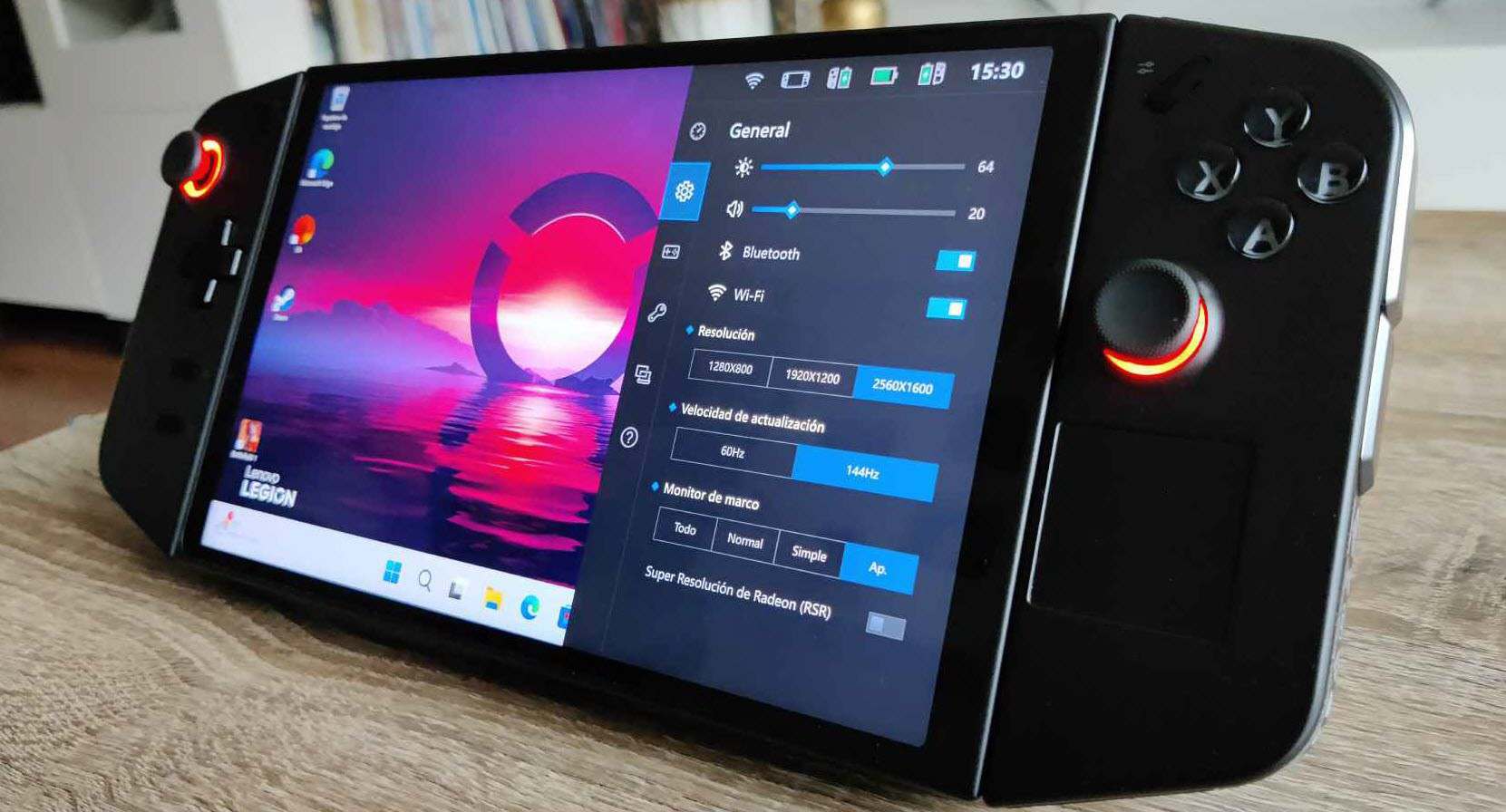
As for autonomy, as is often the case with these devices, it is a critical element. From our tests, if browsing the Internet and using undemanding programs, it can reach 5 hours, continuous use with games like Forza Horizon significantly reduces its duration to 1 hour and 40 minutes.
To recharge it, it has a 65W USB-C power supply, which takes about two hours to provide a full charge. And in that regard, there is a curious detail: the soft case that protects the console for transportation has a hole to pass the cable through and charge it while it is stored.
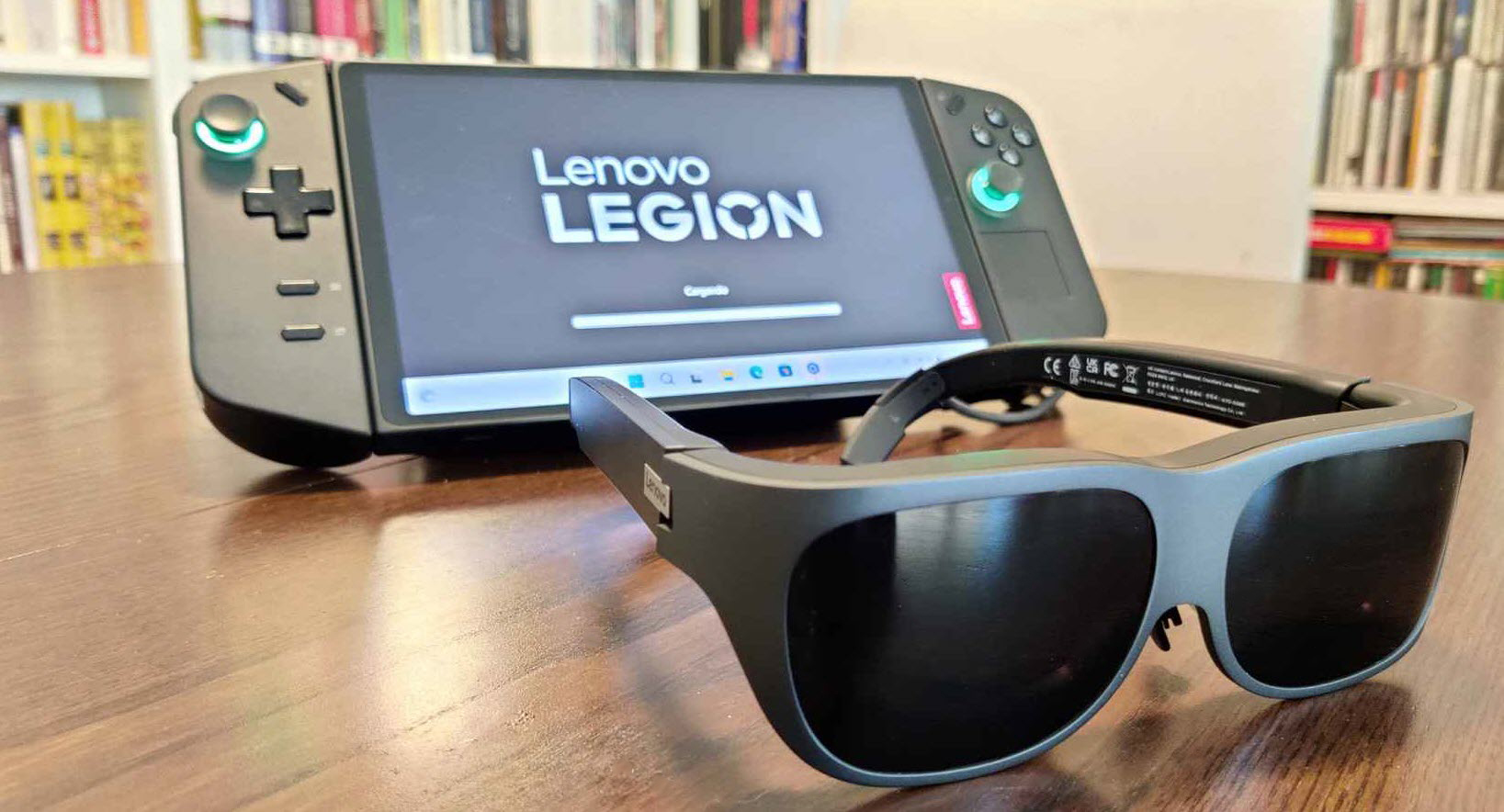
Lenovo has timed the release of the Legion Go with that of another product to make the most of its portability. We’re talking about the Legion Glasses, glasses with micro-OLED panels that connect via a USB-C cable and allow you to have a giant screen anywhere.
The best thing about this combination is being able to enjoy games and movies with total privacy, but without completely isolating yourself from the outside world. They also have speakers in the temples, volume and brightness controls, and can help extend the console’s battery life since it can be configured to turn off the main console screen while the glasses are connected.
The PC-based console sector is booming, and the Legion Go has rightfully entered among the most interesting ones on the market. Its great ergonomics and enormous screen are some of its strengths, even though OLED panels may leave it behind in a short time.
The option to detach the controllers and play in tabletop mode, along with the specific FPS gaming function, are a success, reinforced by the power offered by the AMD Ryzen Z1 Extreme chip, which allows for smooth gameplay of the latest and most powerful titles. But not everything is good news: its battery struggles and greatly reduces its duration with games like Starfield, the controller extraction system does not always work, and the whole set can be too heavy for long gaming sessions.
The other key element when deciding has to do with its high price, which reaches 799 euros, higher than that of its main competitors. That makes it a somewhat expensive object of desire, but one that offers unique features and guarantees hours and hours of gaming wherever you take it.